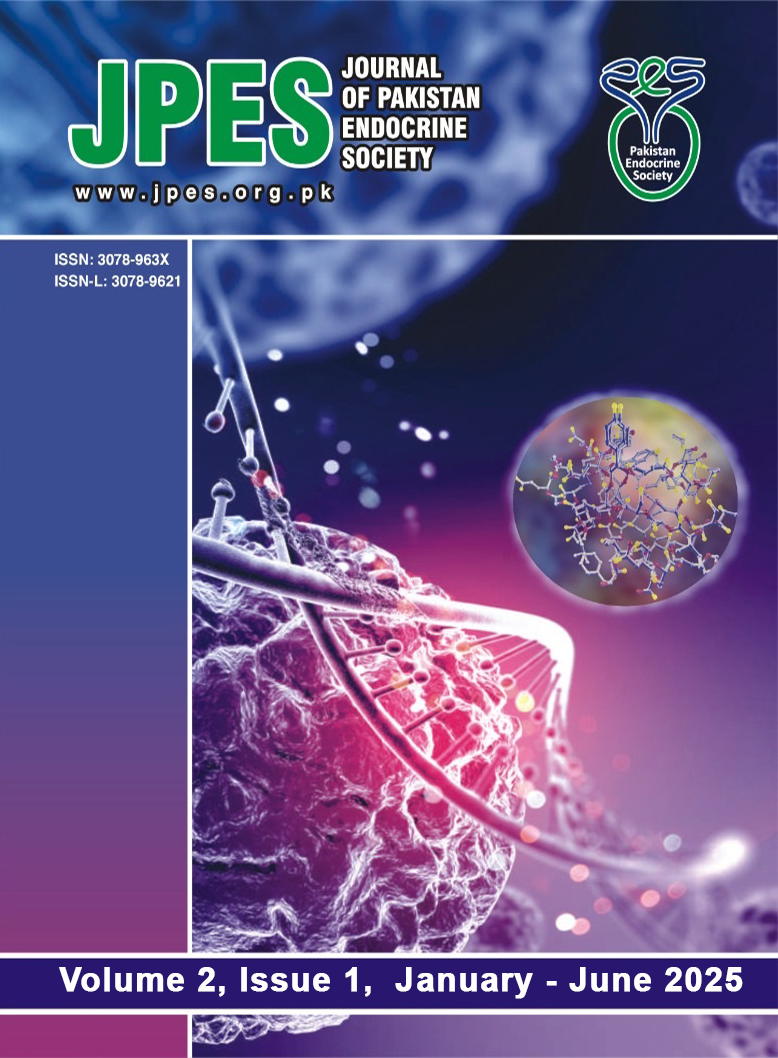A Narrative Review on Posttraumatic hypopituitarism: predictors and useful Algorithms for Investigations and Treatment (Part-2)
Abstract
Introduction: Post-traumatic hypopituitarism (PTHP) is an important but often underdiagnosed consequence of traumatic brain injury (TBI), manifesting in both acute and chronic phases. In the acute phase, adrenal insufficiency (AI) may mimic symptoms of TBI and, if untreated, can be life-threatening. During the chronic phase, growth hormone deficiency (GHD) and other hormonal abnormalities may emerge. Awareness among emergency and acute care clinicians remains low, underscoring the need for simple, evidence-based diagnostic and management algorithms.
Objectives: To review current literature on the predictors, diagnosis, and management of PTHP, and to create practical clinical algorithms to guide timely recognition and treatment.
Methodology: A narrative review of cohort studies, case-control studies, systematic reviews, and meta-analyses published from 2007 onwards was conducted using PubMed, EMBASE, and Medline.
Results: Predictors of PTHP include severe TBI, intracranial hypertension, seizures, and intracranial bleeding. Cortisol measurement at 8:00 a.m. during the first 7 days post-TBI is the preferred test for diagnosing acute hypocortisolism, although random cortisol levels may be used when clinical suspicion is high. Approximately 50–75% of patients recover normal pituitary function within one year. Hormone replacement therapy is the cornerstone of management, following standard hypopituitarism protocols. Longitudinal follow-up at 3, 6, and 12 months is essential to detect delayed hormonal deficiencies.
Conclusion: PTHP is a significant sequela of TBI that requires heightened clinical awareness and structured management. Early diagnosis and intervention can be lifesaving in acute AI and improve outcomes in chronic hormone deficiencies. Two practical algorithms were developed to assist clinicians in evaluating and managing PTHP. Further research is needed to clarify predictive factors and long-term outcomes.


